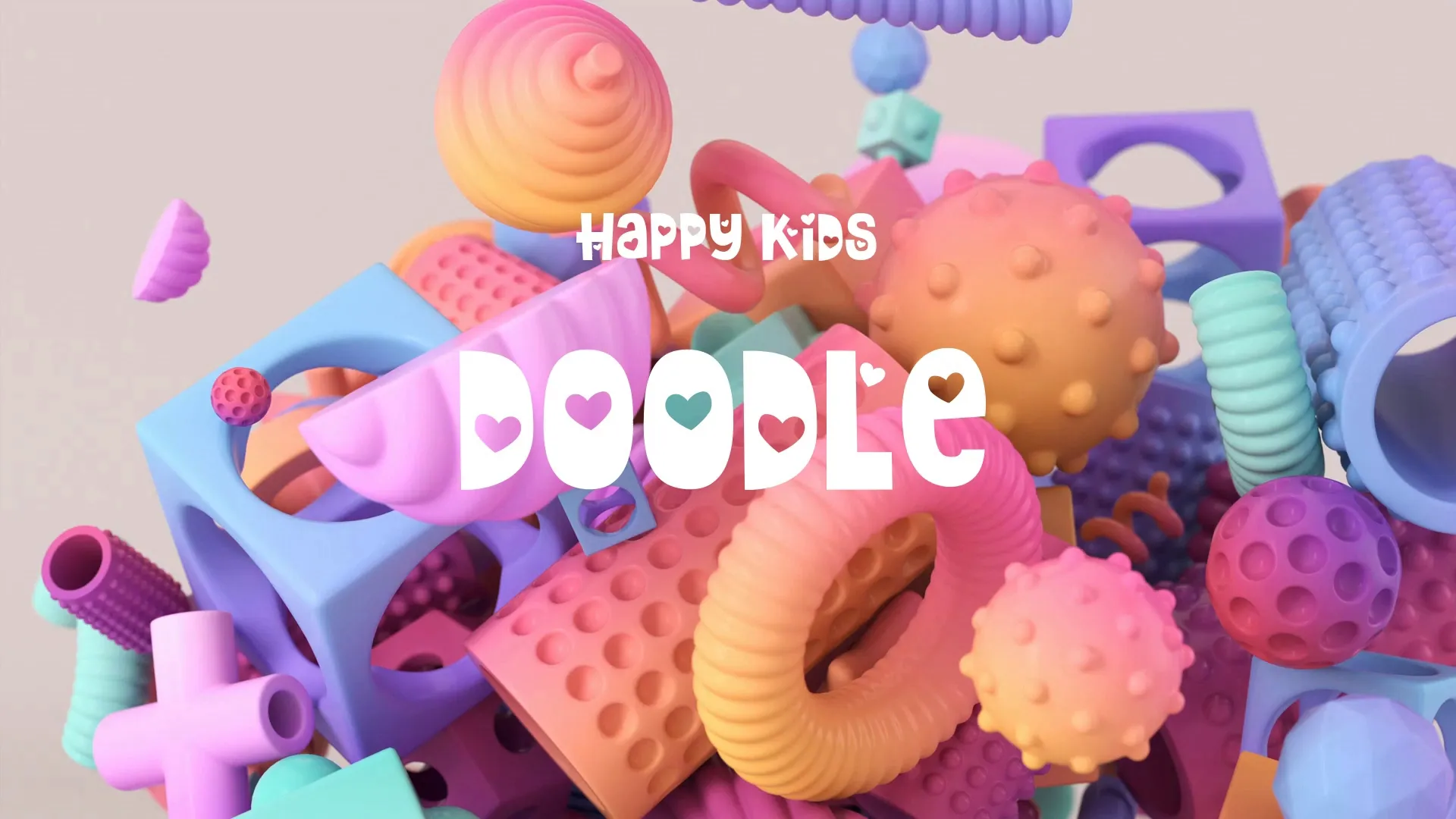Rapid Game Prototyping: Techniques to Minimize Scope Creep and Accelerate Development
Game development is a marathon, not a sprint, but rapid prototyping can make the early stages feel like a decisive dash. This approach focuses on quickly building playable versions of core mechanics to validate ideas. It is crucial for indie developers seeking to manage resources and time effectively.
Rapid prototyping allows for early validation of game concepts without committing extensive resources. It provides a tangible experience of your game’s core loop before detailed production begins. This process is essential for mitigating risks and making informed design decisions.
Why Rapid Prototyping Matters for Indie Developers
Indie developers often operate with limited budgets and tight schedules. Rapid prototyping directly addresses these constraints by reducing wasted effort on unproven ideas. It fosters a culture of iteration and experimentation.
This method helps you discover what works and what does not early in the development cycle. It prevents the costly realization of fundamental design flaws deep into production.
Core Principles of Efficient Prototyping
Effective rapid prototyping adheres to a few fundamental principles. These guidelines ensure that prototypes serve their intended purpose without becoming mini-projects.
Focus on Core Mechanics First
Identify the absolute essential gameplay loop that defines your game’s fun. Your first prototype should only include these core mechanics. Avoid adding secondary features or polish at this stage.
Timeboxing and Iteration
Set strict time limits for each prototype iteration, perhaps a few days or a week. This forces you to prioritize and make decisions quickly. Once the timebox ends, review and decide on the next steps.
Minimizing Art and Polish
Use placeholder art, basic shapes, and simple UI elements. The goal is functionality and feel, not visual fidelity. Polishing a prototype is a common trap that leads to scope creep.
Testing Early and Often
Get your prototype into the hands of testers as soon as it is playable. Early feedback is invaluable for course correction. Do not wait for a ‘perfect’ build to start testing.
Techniques to Minimize Scope Creep
Scope creep is a constant threat in game development, especially during prototyping. Proactive strategies are necessary to keep your project focused.
Clear Prototype Goals
Before starting any prototype, define its specific goal. What question are you trying to answer? A clear objective prevents feature bloat.
Strict Feature Prioritization
List all potential features and relentlessly prioritize them. Only the most critical elements for testing your core hypothesis should make it into the prototype. Resist the urge to add 'just one more thing’.
Version Control and Documentation
Maintain robust version control for your prototypes. Document changes and decisions made during each iteration. This helps track progress and understand why certain choices were made.
Create a free account, or log in.
Gain access to free articles, game development tools, and game assets.











.webp)




.webp)






